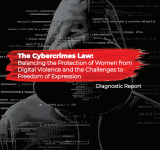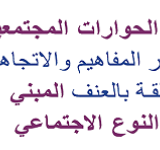A Qualitative Study on the Underlying Social Norms and Economic Causes that Lead to Child Marriage in Jordan: Developing an Actionable Multisectoral Plan for Prevention
This study systematically and comprehensively engages with the existing data and a wide range of respondents to understand why child marriages happen and what can be done to limit marriages under the age of 18.
A mixed methods study was developed under the leadership of the Higher Population Council and guidance from the National Committee to End Child Marriage. This report details the findings from that mixed methods study which included the following components:
1. A systematic review of the academic and grey literature on the root causes,risk factors and preventative measures for child marriage in Jordan.
2. A secondary analysis of DHS datasets in order to triangulate this data with findings from the systematic literature review,and
3. A qualitative study on the social and behavioural drivers of child marriage with 526 individuals across a variety of groups from 7 different governorates. Within these qualitative focus groups and
interviews,a short quantitative social norms survey was also conducted and discussed.
Some of the findings were:
- The prevalence of child marriage is on the rise again after a decade of decline.
- Children who marry are at an increased risk of experiencing violence within those relationships.
- Education remains a strong preventative factor against child marriages,particularly for girls as compared to adults.


